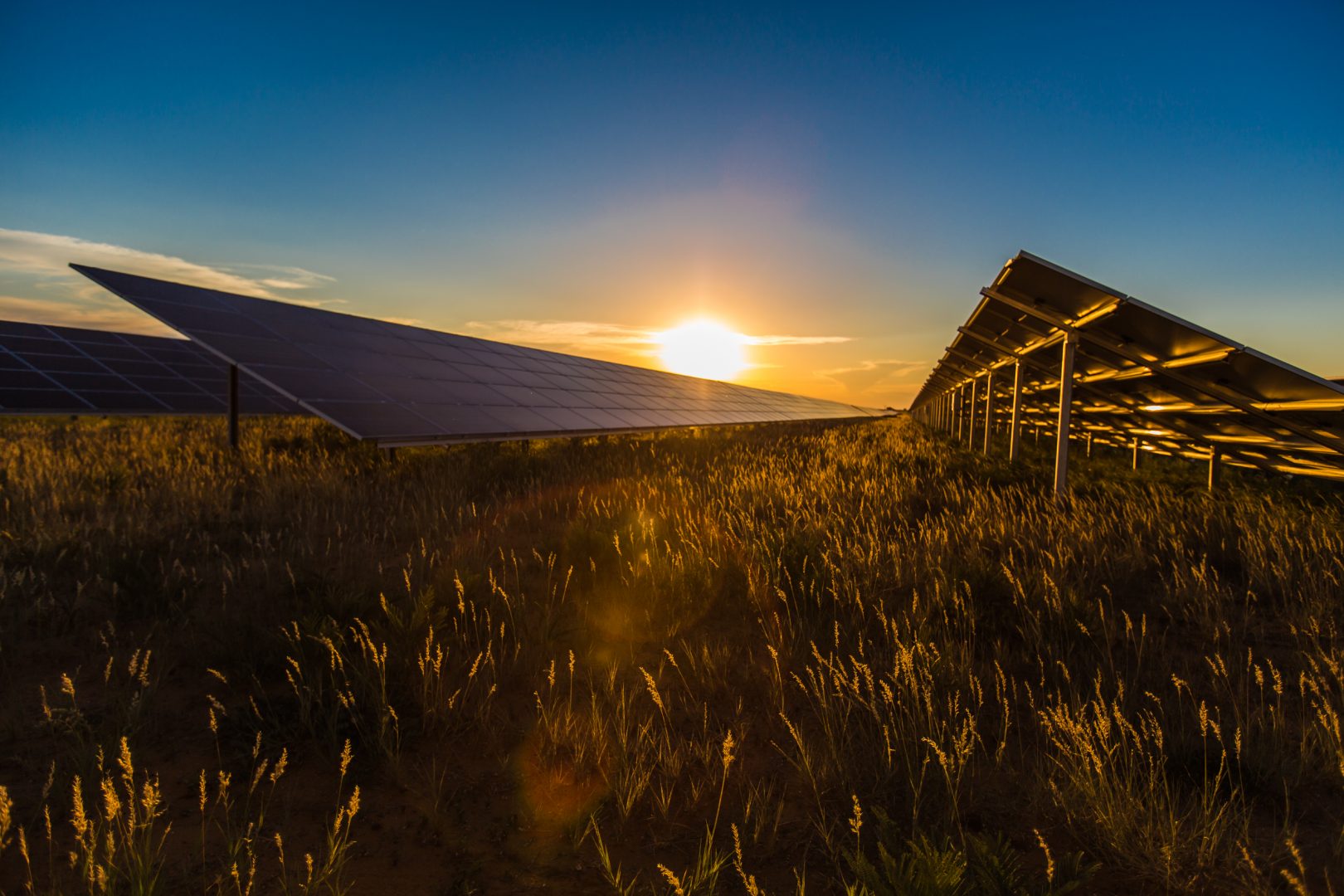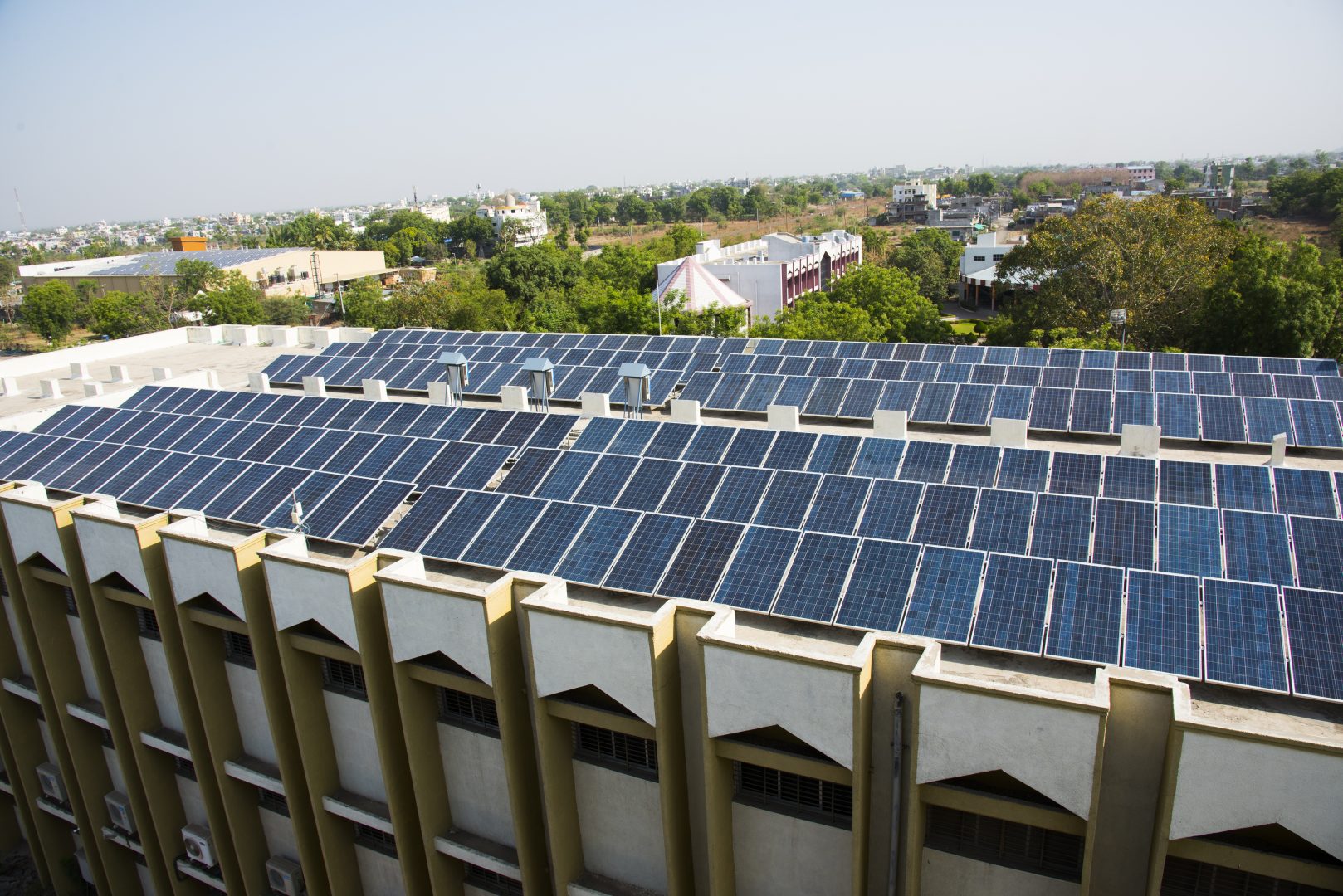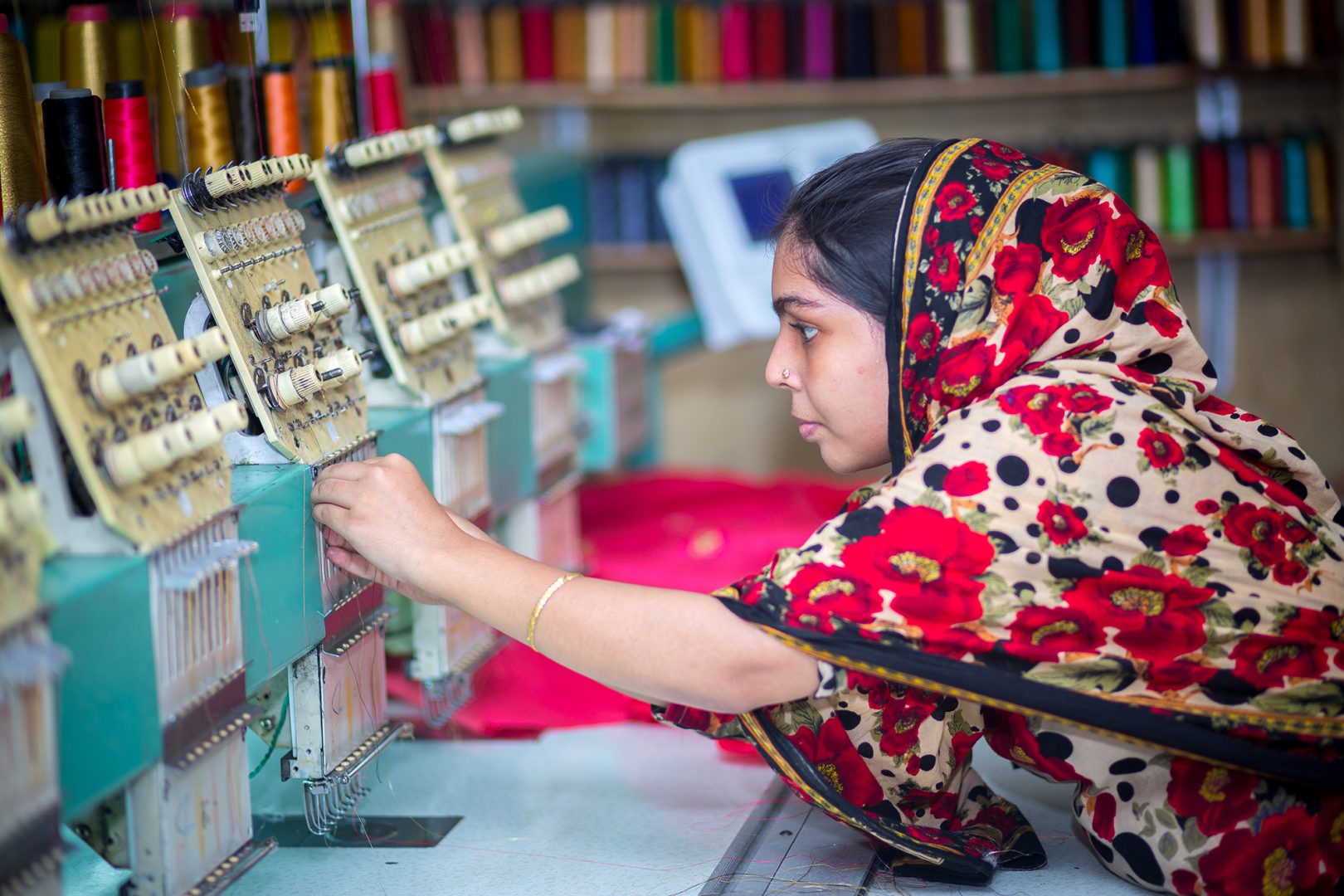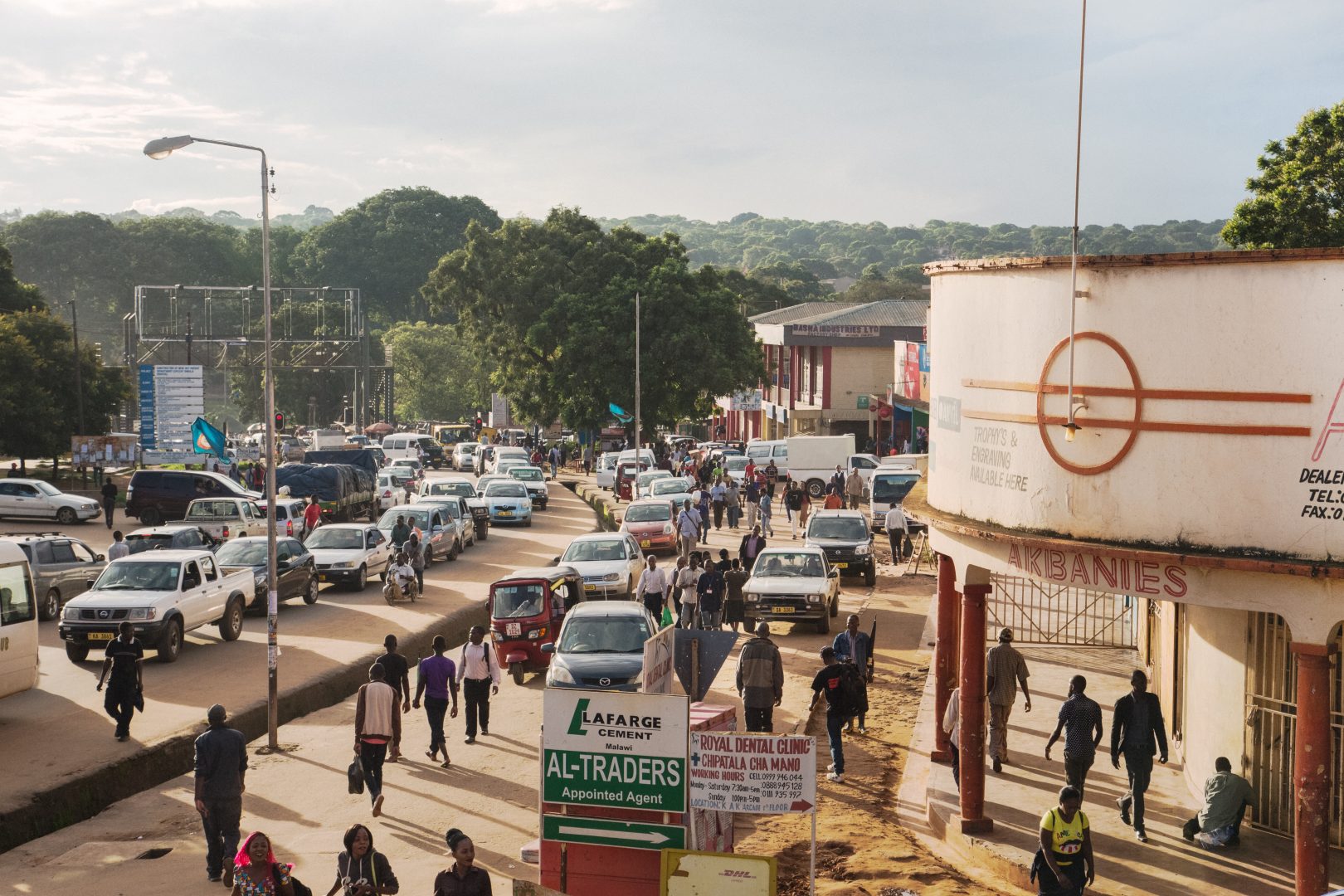The transition to net zero – what does it mean for our existing energy investments?
In July, we published our Climate Change Strategy – an ambitious plan to achieve net zero emissions across our portfolio by 2050 in support of the Paris Agreement on climate change. The strategy sets out a clear path to supporting the nations of Africa and South Asia in their progress towards net zero.
We get lots of questions about what the forward-looking strategy means for our existing portfolio of energy investments, including those in fossil fuels. So, we wanted to provide this data for all those with an interest in CDC and our work. You can find a breakdown of our energy portfolio here. The data (end December 2019) shows the total amount of what we’ve committed to our existing portfolio of energy companies, and the total value of those commitments.
Our existing energy investments
Our existing portfolio of energy investments shows that we had already begun the shift towards renewables in 2015. Our even-stronger focus on climate post-Paris means our recent investment activity has ruled out many of the most-polluting energy sources (note: we have not invested in coal since 2012). And while it may be the case that much of our more recent investing activity in gas power is compliant with our newly published strategy, our approach now will be even stricter in assessing the extent to which any new gas power investments are aligned with the Paris Agreement. We will invest only in those that do comply.
Since 2017 we have committed over $1 billion in climate finance, including renewable energy, in the technically-appropriate mix of both distributed and on-grid. This represents 85 per cent of our energy commitments and 25 per cent of our total commitments in those years – up from 5 per cent in 2016. In the same period fossil fuels made up roughly 5 per cent of our total investment.
In our existing direct investment portfolio, which includes companies that we have invested in since 2012, the value of the fossil fuel energy investments is $685 million, compared with $554 million in renewable energy. And in fact, we’ve committed even more to renewable energy: $842 million – a figure larger than the current value figure because it includes money that we have committed to projects or companies, but which has not yet been drawn down. In our indirect investment portfolio, in other words our investments through funds, the value of our fossil fuel energy investments is $161 million, compared with $252 million in renewable energy.
Under our new Climate Strategy we will continue, very selectively, to invest in gas as a transition fuel. This is because the pathways to net zero by 2050 will be different in Africa and South Asia to those in developed economies. While developed economies are challenged to reduce emissions immediately, in many African and South Asian countries, governments are committed to a somewhat later peak in emissions as they tackle important human development needs such as reducing poverty, improving living standards and increasing energy access, to meet the SDGs. However, CDC will only support countries’ planned gas investments if they can demonstrate they are aligned with countries’ agreed pathways to net zero emissions by 2050.
This means that we will see a continued shift in our portfolio towards renewables – with a climate finance target for 2021 of 30 per cent of our total annual commitments. We also expect gas will continue to feature within our new commitments in the coming years.
The place where we expect to see a significant shift over the coming decade is the proportion of renewable energy produced by our energy portfolio. This takes time because of how long it takes to deliver complex energy projects. Many of our renewable energy investments are still in the development and construction phase. That’s why even though we’ve made considerable commitments to renewables projects, they made up just 15 per cent of the total power generated and distributed by our energy investments in 2019.
What steps do we take next?
So why don’t we just divest from our current investments in fossil fuels right now to speed up this process? What is stopping us from doing that? The principle reason is that we believe it is important to contribute to the decarbonisation of the real economy. A quick sale of these assets now would simply offload the problem onto other investors. While that might improve our portfolio, ultimately it won’t benefit the host country or the planet, because we’d just be dumping assets and emissions from our portfolio to someone else’s.
Instead, we will actively support companies to adapt and transform to reduce their carbon footprint. One example is our investment in Azito, a gas-fired power plant in Côte d’Ivoire, which we have recently supported to increase its efficiency by converting it to a closed cycle plant, meaning it now generates 50 per cent more power with no increased fuel consumption or emissions. This has helped to address critical power shortages, as well as helping to save the equivalent of 400,000 tonnes of CO2 per annum. We, of course, still record this additional investment as a “fossil fuel” investment in our portfolio, even though it is not leading to additional emissions.
Our commitment to not invest further in fossil fuels, except where it is consistent with a country’s agreed net zero pathway, applies to all new investments. However, some of our existing fossil fuel investments were made by funds we committed to prior to our new Climate Change Strategy when our development focus was on energy poverty and employment and when host countries in Africa and South Asia had yet to develop national climate strategies. The legal terms of our commitments to those funds means that we will be required to continue to fund the investments they make – including to fossil fuel projects that would not have met the new criteria. These relate to a small number of funds in Africa and we expect the investment period of those funds to cease by the end of 2022.
Ultimately, our goal is that by 2050, or earlier if that is the national plan, the countries we invest in will be powered by 100 per cent renewable energy with the accompanying electricity storage capacity to make this possible. Our strategy, and the Paris Agreement, recognise that countries have different pathways to net zero by 2050, and that tackling energy poverty and climate change need to go hand in hand.
As Damilola Ogunbiyi, Chief Executive Officer and Special Representative of the UN Secretary-General for Sustainable Energy for All and Co-Chair of UN-Energy, said at the launch of our Climate Change Strategy, “One of the key things that CDC has to do is talk to governments about how they reach their 2050 target. Because it’s a very important question, at least how it’s framed with energy and Africa. I’m not sure you can talk about energy transition in Africa and it’s just a renewable story.”
Notes
Data
Fossil fuels – direct investments
Total commitment (USD) 443,077,217
Total NAV (USD) 684,668,241
Renewables – direct investments
Total commitment (USD) 842,403,959
Total NAV (USD) 554,007,924
Fossil fuels – indirect investments
Total NAV (USD) 160,704,600
Renewables – direct investments
Total NAV (USD) 251,830,394








